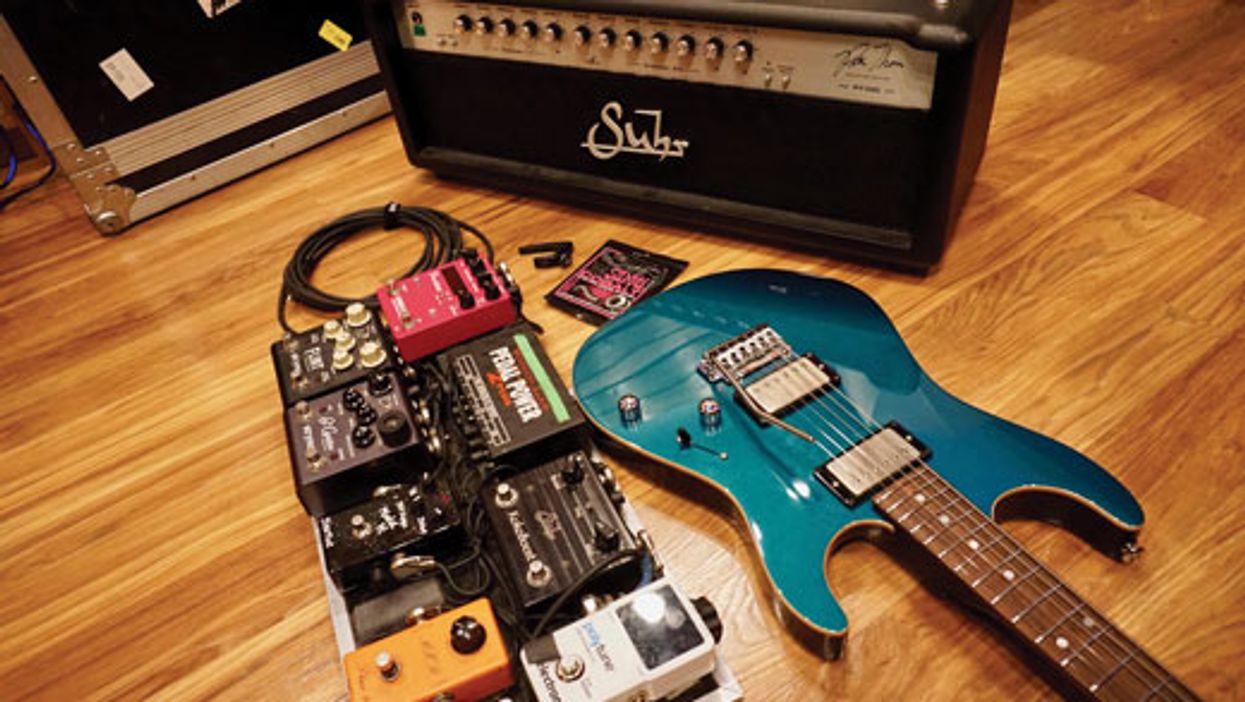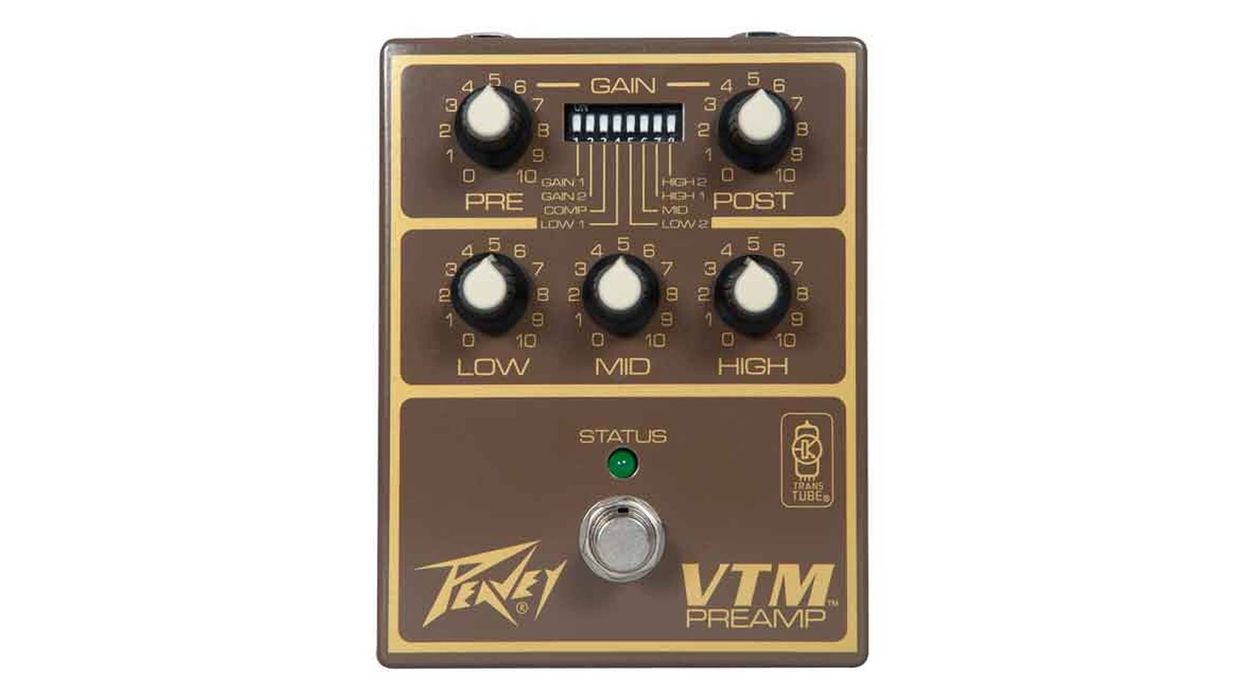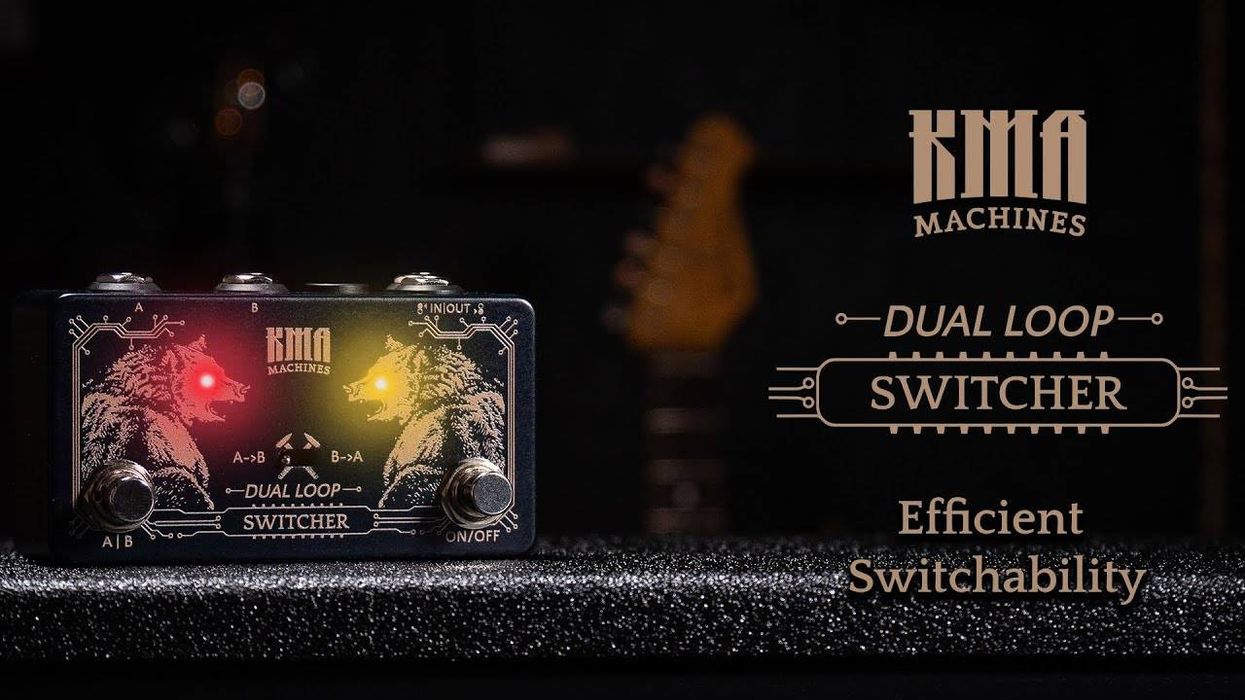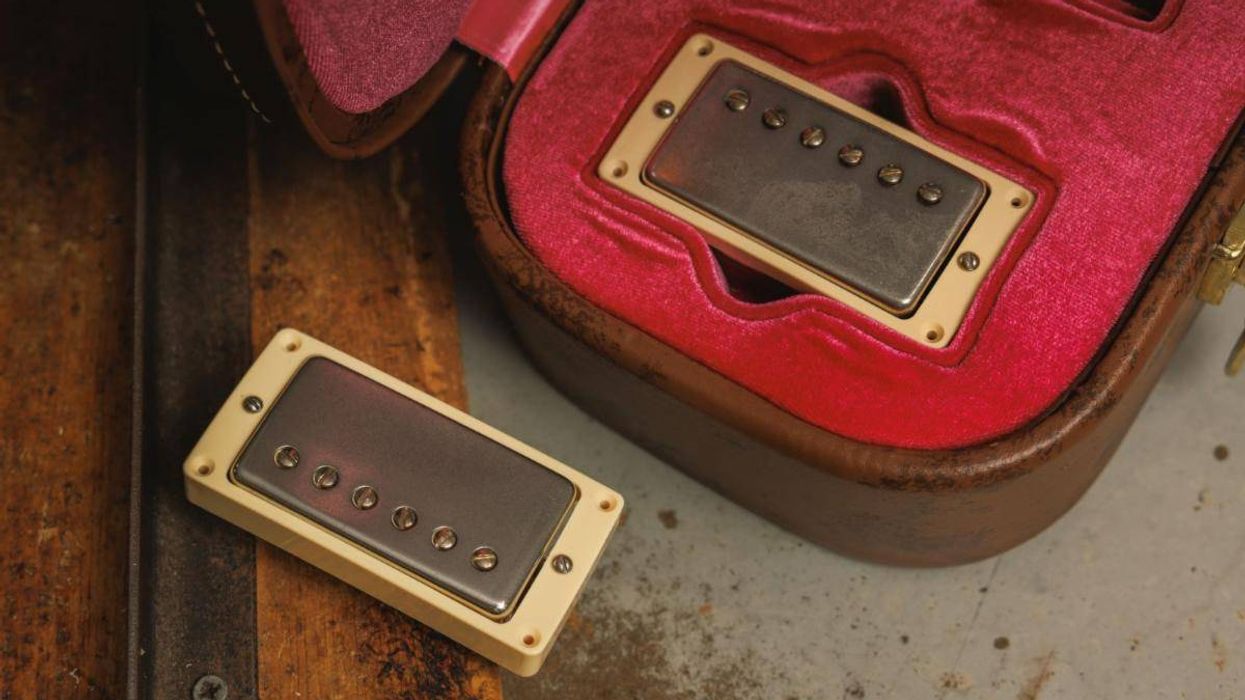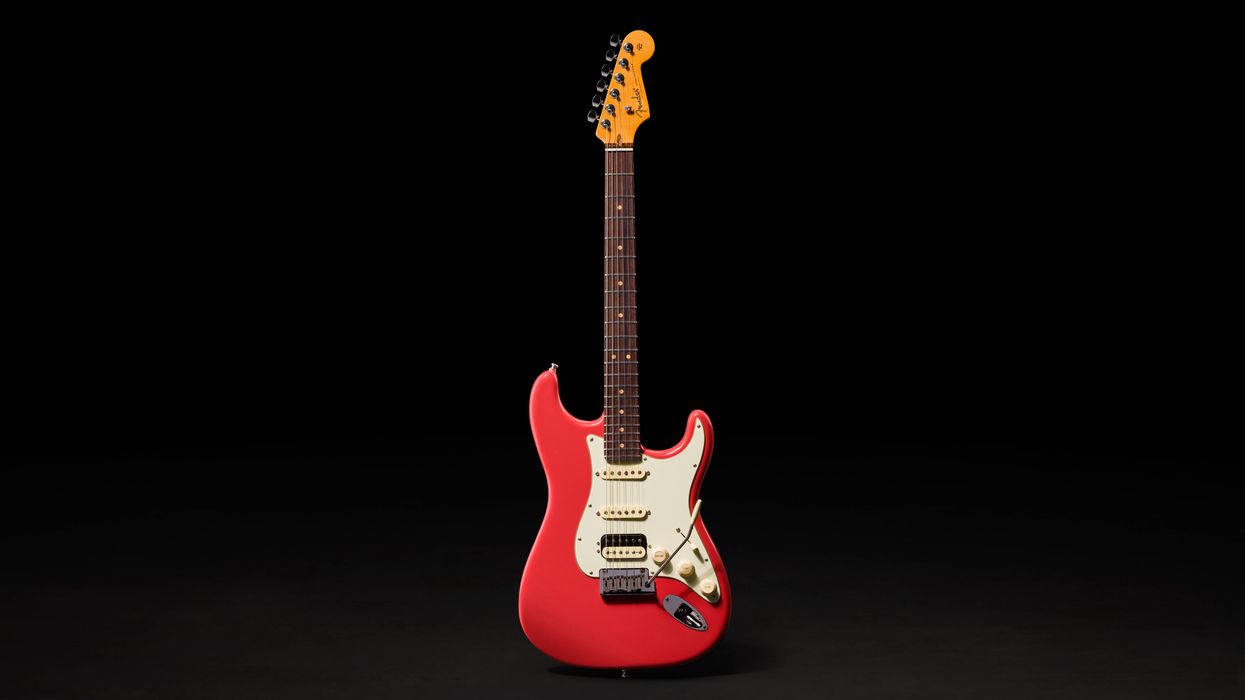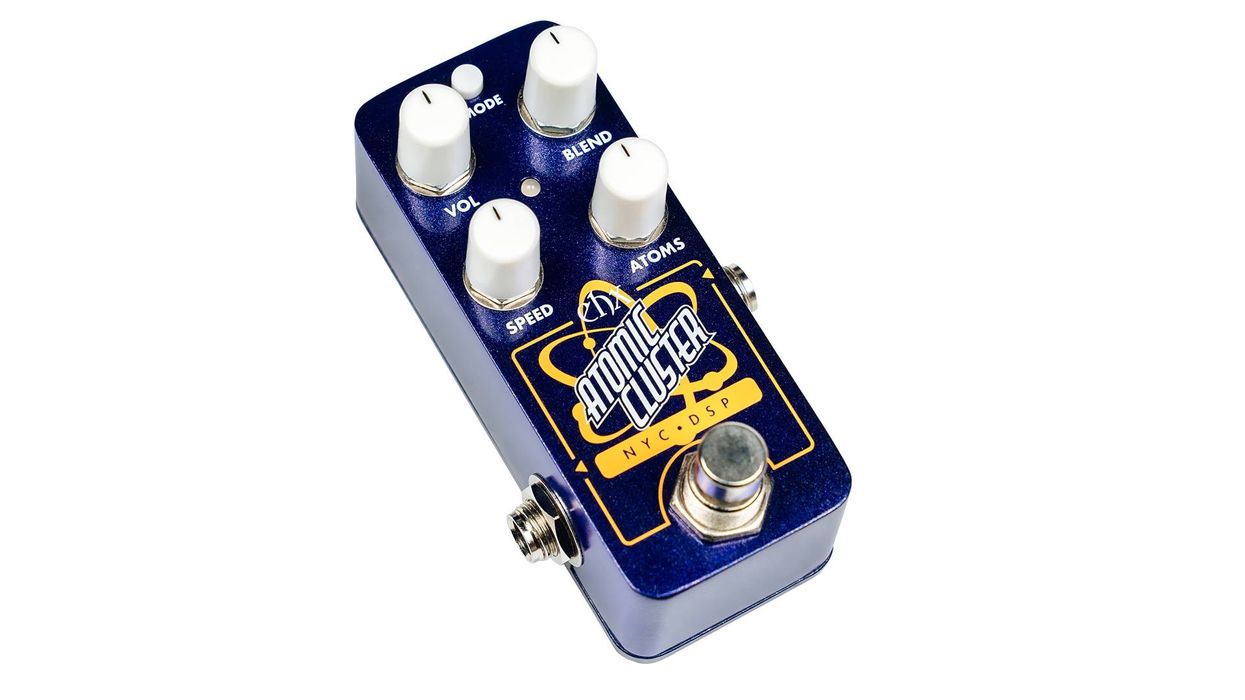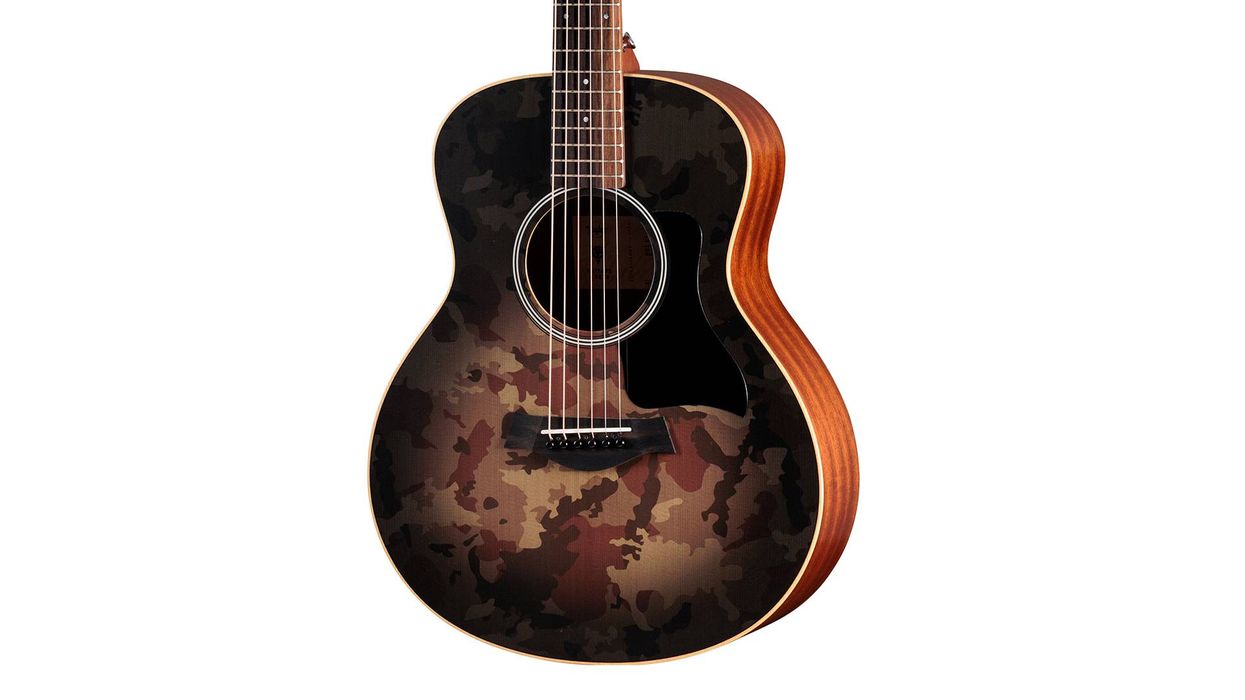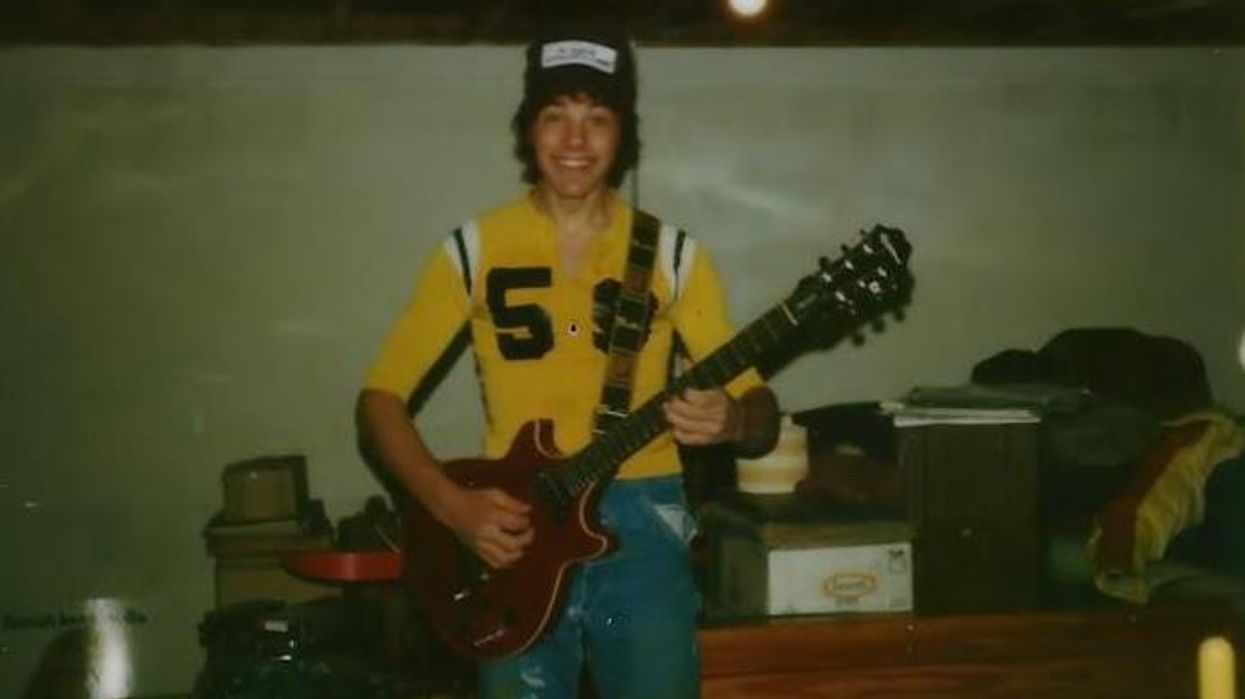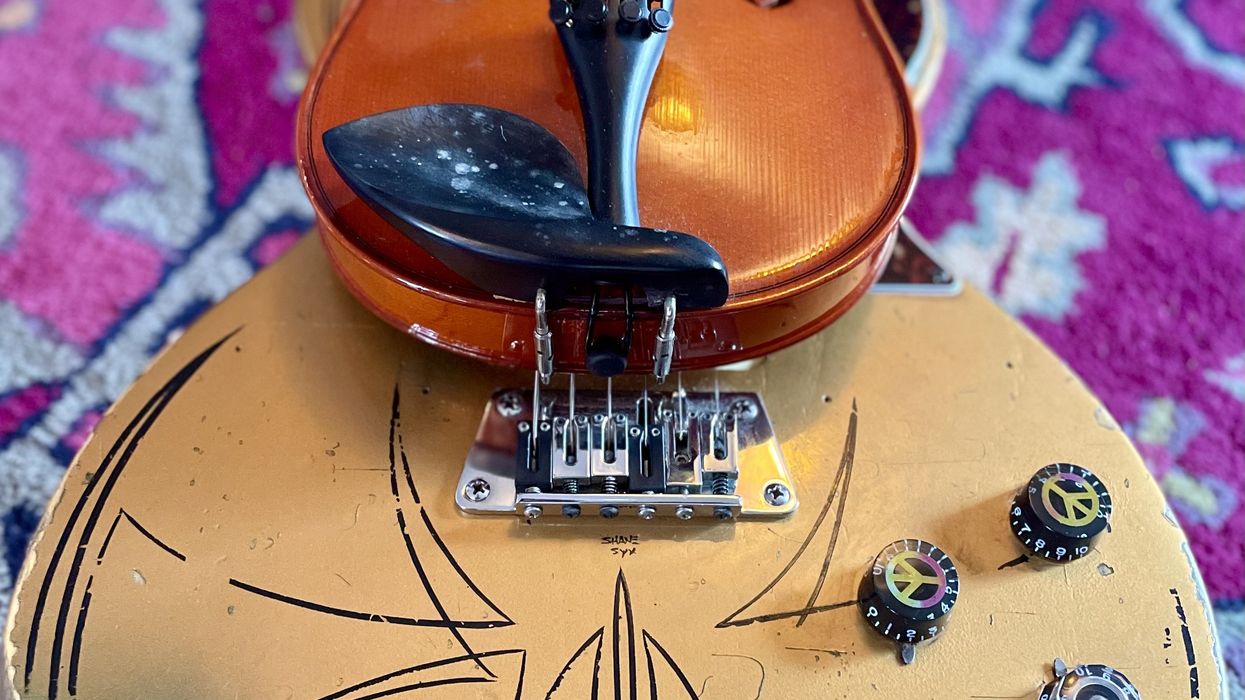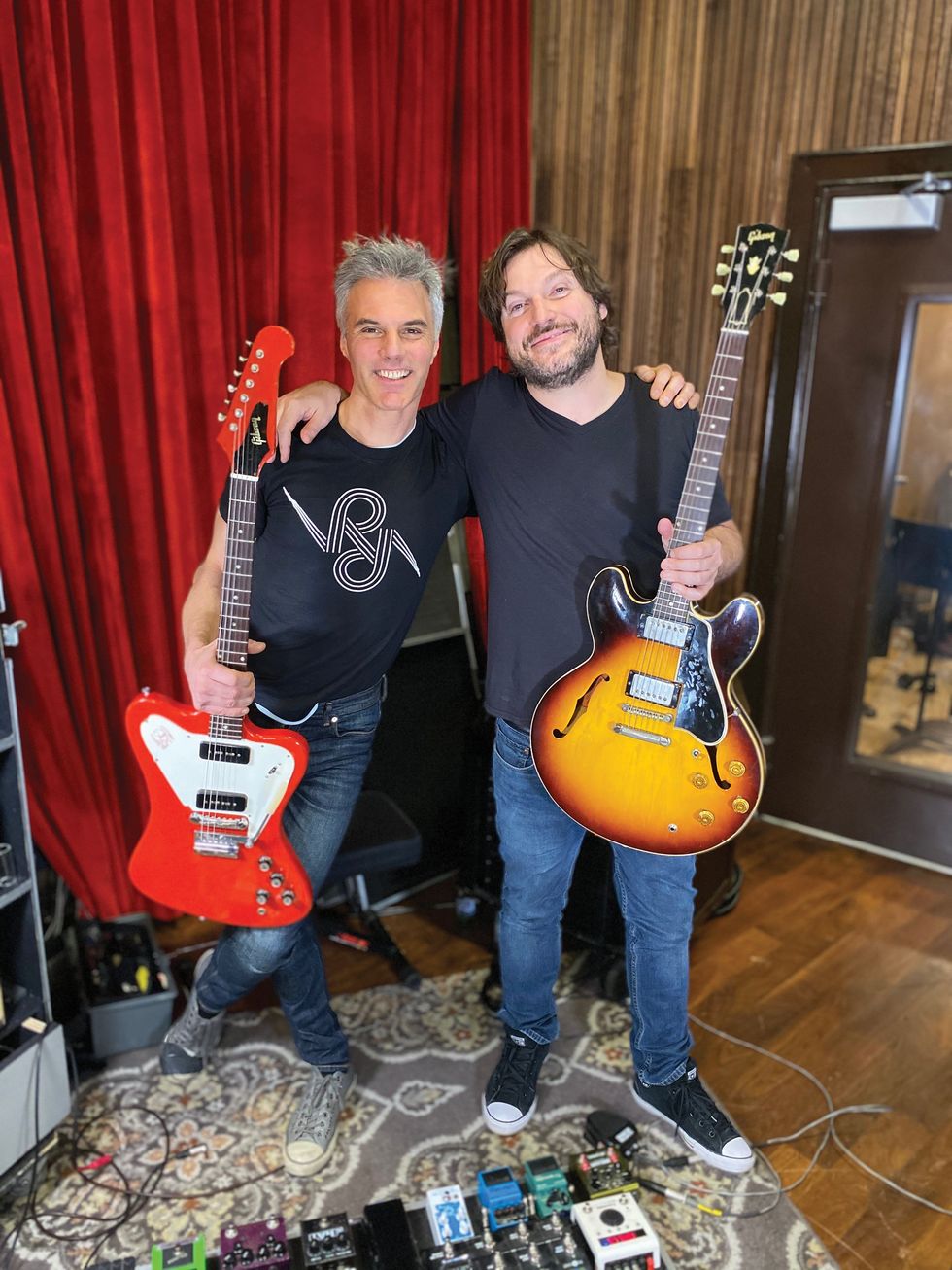I received a “musician in distress" call last week from a drummer friend who was having issues at a pre-gig soundcheck. My friend was tasked with running some pre-recorded tracks, via an iPad and small mixer, that the band would perform along with. Apparently, the sound engineer at the venue was having trouble getting the tracks into the PA while isolating the click track, which needed to be sent only to the drummer's in-ear monitors. I realized there was a lack of understanding about how the rig functioned, on everyone's part. And it made me think about the importance of knowing your whole rig—inside and out—no matter what instrument you play and what gear you are using.
Guitars and amps. If you're a guitarist, it goes without saying that you should have some basic guitar-maintenance skills—especially if you're gigging. Don't leave home for a gig without extra strings, wrenches to adjust your instrument, and spares of just about everything you can think of.
When it comes to amps, I've been noticing a troubling lack of knowledge amongst younger players about tubes, fuses, and basic amp maintenance. It's so important to be able to spot signs of potential amp trouble, and to be able to diagnose and solve minor problems. Tubes are generally the weak link, because they wear over time. Signs of preamp tube issues include noises that sound like squealing, popping, or eggs frying. Signs of power-tube issues, on the other hand, include muddy or weak tone, or if you notice the volume suddenly swelling up and down. Other telltale signs include blown fuses and “red plating," which occurs when one or more or your power tubes glows cherry red.
You should always carry spare fuses that are the correct value for your amplifier. But if your amp blows a fuse, it's most likely a symptom of power-tube issues, and you should know that fuses will likely continue to blow until you replace the bad tubes. Generally speaking, tubes are not “plug and play" on most amps, because most amps (unless they are cathode bias) need a bias adjustment when new tubes are installed.
I've suggested this before, but it's worth repeating: If you want to always be ready for problems, purchase a matched set of power tubes. (Twice as many as you'll need for your amp.) Have the amp re-tubed and biased, and if you later blow a power tube on a gig, you will have a plug-and-play replacement set that's the exact same spec!
Effects, cables, and accessories. I know touring pro guitar players whose techs have a better understanding of their rigs and signal path than they do. This would drive me crazy, because if something goes wrong with my rig, I want to be able to diagnose the issue and get up and running again as quickly as possible. If my guitar signal cuts out onstage, my mind kicks into troubleshooting mode and I think about the weakest links in my rig. I'll instantly look at my wireless pack, and if that's working, I'll look at all the cables that run to and from my amp and pedalboard to make sure one hasn't unplugged. Because I know my rig so well, all this happens in about three seconds.
My cardinal rule: If something's wrong, nine times out of 10 it's a faulty or unplugged cable.
Other gear. Let's go back to my drummer friend who was tasked with running tracks as well as playing the drum kit. If it was me, I'd consider the track setup an equal part of my rig, and I'd want to understand its functionality and ins and outs just as much as the rest of my setup. This requires rehearsal time and a learning curve to understand the iPad software, the mixer and its functions, etc. It's not the soundperson's responsibility to know how that track rig works. I'd want to be able to explain exactly how it works to him or her. That way the soundperson would have a clear understanding of how to isolate the tracks from the click, and quickly get me what I needed in my monitor mix.
If you use in-ear monitors, it's the same thing: Know how your in-ear receiver pack works! Learn how to change settings on it and know how to replace the batteries. It's all part of your rig.
There's a direct correlation between how intimately you know and understand the workings of your rig, and how smooth your gigs will go. When you're onstage, you want to be able to focus on the music and performance, so doing some homework on your rig in advance will be time well spent. Until next month, I wish you great tone!
